Glorious colors in the desert: Darfur's fashionable women
The Darfur Sartorialist.
PEDRO MATOS
This gave birth to The Darfur Sartorialist,
a project aiming to show to the world a different reality of this
remote part in Sudan, beyond the usual narrative of suffering and
violence.
"The news we usually get
about Darfur -- the war, the oppression, the camps -- exists but that is
not the only story," says Matos. "I hope the project can make people
question the reality we see."
CNN's Inside Africa spoke to Matos, who is now based in Kenya, about fashion in Darfur and his project's goals.

Pedro Matos
CNN: How you'd describe the way these women are dressed in a few words?
PM:
Colorful -- amidst these deserted landscapes, people dress in incredible
colors; unique -- it's extremely difficult to find two women with the
same clothes; proud -- there is a pride in the dressing which goes a bit
against to what I was expecting to be a conservative way of dressing;
fashionable -- a lot of the clothing is traditionally Sudanese but some
is also influenced by the Middle East.
The traditional Sudanese
clothing is the toub -- many meters of cloth that's wrapped around the
body and head. Because it often falls off, they have to wear something
underneath so that the skin doesn't get exposed. Those combinations are
often unique; their undergarment would often be a patterned shirt and
trousers, and with the toub, combinations are extremely varied.
The Darfur Sartorialist.
PEDRO MATOS
But on top of that, you
have all the influence that comes from the Sudanese diaspora, the soap
operas and all the films from the Middle East where women often dress a
bit more Westernized; they have dresses, trousers, denim jackets and
skirts, so you have a combination of all these things and it's extremely
difficult to find two women dressed the same.
The variety is something
that surprised me; in the West we often have these fashionable dark
colors and because there are all these franchise stores, you get to see
people dressed pretty much in the same way. But in Sudan, they're so
varied.
The Darfur Sartorialist.
PEDRO MATOS
CNN: How easy was it taking pictures? Were there any security concerns?
PM:
Sudan has been in the spotlight for human rights issues for a long time,
so they're extremely suspicious of foreigners going around taking
photos. But after working side by side for so long with the security
services, they eventually ended up trusting me and I was allowed to take
pictures.
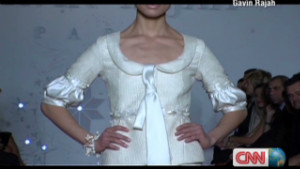 Africa's feathered fashion export
Africa's feathered fashion export
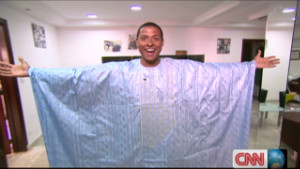 Traditional dress of Senegal
Traditional dress of Senegal
CNN: Did women want to be photographed?
PM:
That is quite interesting, because Sudan is a society where women are
expected to behave conservatively and refuse photographs. So, when I'd
take their pictures, they would often refuse if they don't know me. But
if I'm taking [pictures] of children, then the women would say, "OK, you
can take photographs of us too." My colleagues and the IDPs didn't have
a problem because they knew me; actually, they were quite happy and
honored and flattered that a foreigner would be so interested in their
clothing.
CNN: What has been the feedback you've received?
PM:
Most people in the West are extremely surprised and most people in Sudan
are quite happy that someone is covering Sudan in such way, with many
smiles, and proud, fashionable people.
But what I'm mostly
interested about is to have people in the West -- those who know very
little about Darfur, other than the stories of war and kidnapping --
understand that beyond the society we see in the news, it feels
perfectly normal and conceivable that alongside war and oppression there
are people who live their own lives and have aspirations which are not
that different from ours
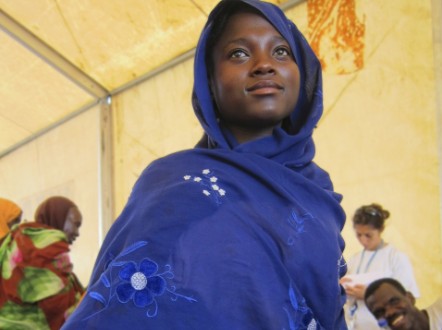
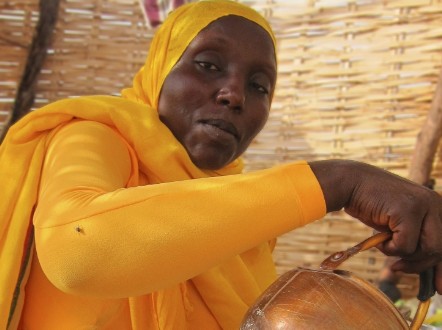
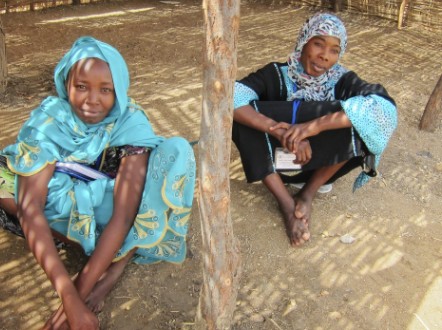
No comments:
Post a Comment